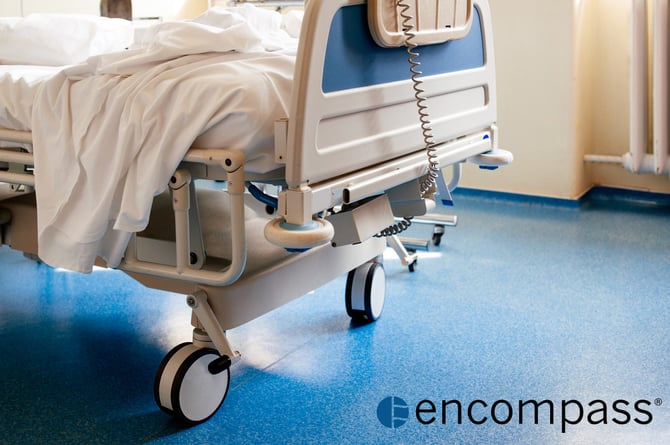
Hospital acquired pressure injuries (HAPI) are an all too common occurrence among hospitalized patients, despite the best efforts of hospital staff. One of the mainstays of HAPI prevention is the use of therapeutic support surfaces, which can help to protect the skin at vulnerable points of the body. Currently available therapeutic surfaces include continuous low-pressure surfaces (CLP) such as foam mattresses, gel or air-filled pads and overlays, as well as more sophisticated high-tech solutions such as air-activated surfaces.
While patients’ specific medical needs will vary, the most effective therapeutic support surfaces are those that successfully address all the major risk- factors involved in the development of HAPIs. These attributes include:
-
Redistribution of Pressure on the Tissue Loads.
The most important function of a therapeutic support surface is to redistribute the pressure load of the patient’s body mass over the greatest possible skin area. This can relieve excess pressure on danger points such as bony protrusions. -
Controlling Microclimates.
Warm moist skin is a risk factor for pressure injuries. Increases in the temperature and humidity in areas where the skin comes in contact with the surface can damage the skin and interfere with healing. A therapeutic support surface that provides a flow of air helps keep the skin cool and wicks away moisture. -
Reducing Shear Forces.
When the skin on different parts of the body is stretched in opposite directions, it puts a strain on the tissues and distorts blood vessels in the area. This prevents an adequate flow of blood and oxygen to the skin. Support surfaces should have covers made from a material which allows the patient’s skin to glide over the surface rather than stick or hold the patient in place so that the skin is not subjected to tension. -
Protecting Against Friction.
The sliding of one surface against another can cause friction. It often accompanies shear forces. Friction can increase skin temperature, which can exacerbate skin break down, especially when moisture is present. A support surface with a covering that reduces friction can help prevent superficial tissue damage. -
Immersion and Envelopment.
When choosing a therapeutic support surface that is suited to a patient’s needs and abilities, immersion and envelopment are key factors to consider. Immersion relates to the depth that the patient’s body sinks into the surface. This influences how well pressure is redistributed over the entire body, not just the bony prominences. Envelopment refers to the ability of a support surface to conform evenly to irregularities such as the patient’s body contours, clothing, and bed linens. A greater amount of contact between the body area and the surface will result in decreased pressure. However, the immersion and envelopment qualities of the surface should not interfere with a patient’s mobility.
Related: Pressure injury prevention & treatment in healthcare facilities.
Airisana™ alternating pressure mattress and therapeutic system uses a combination of technological innovations to provide evidence-based solutions for Pressure Injury prevention and patient care. Features such as pressure redistribution, alternating pressure, targeted airflow delivery, low air loss, and optimum immersion and envelopment effectively address the major causes of HAPI without hindering the multiple disciplinary care a patient often needs. To learn more about the Airisana product click here.


